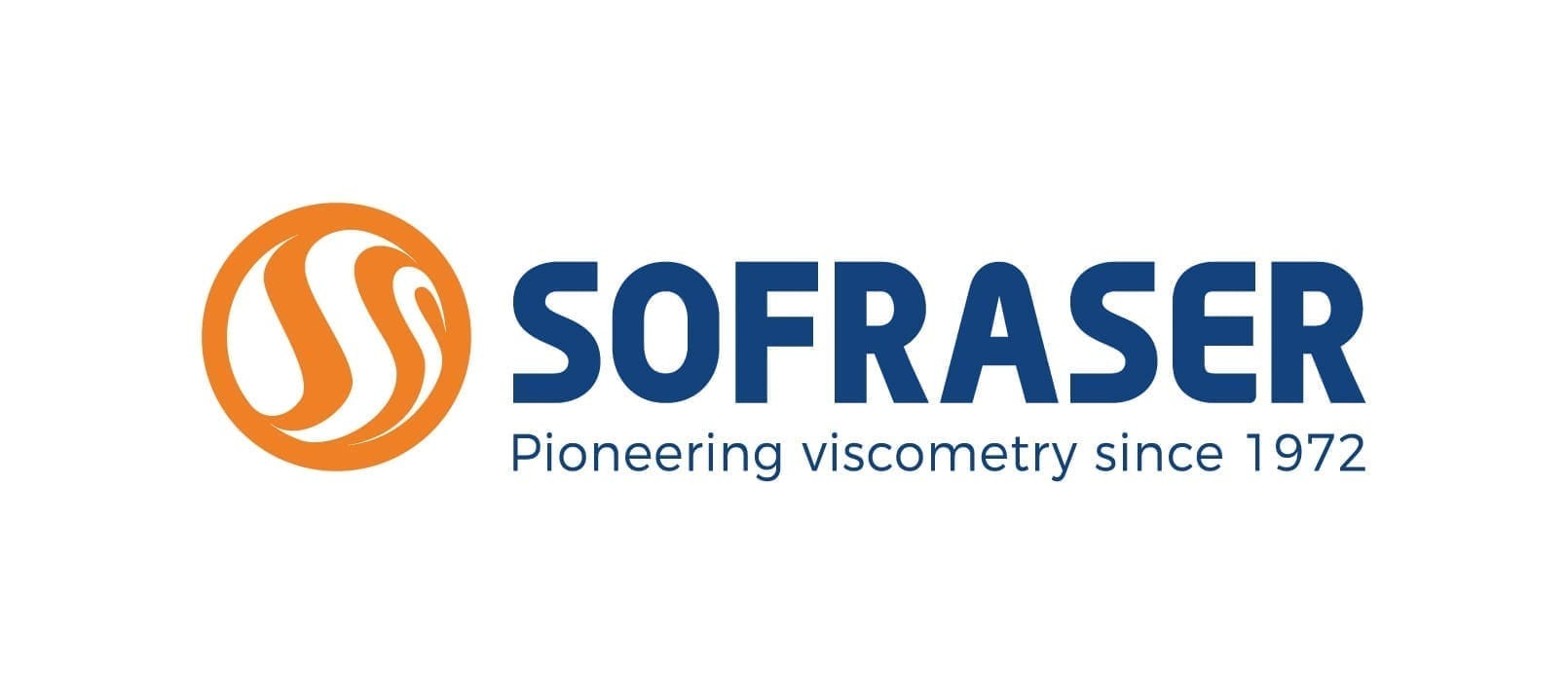Ink Viscosity for flexographic printing

What is flexographic printing?
Flexography is a commonly used form of printing process which utilizes a flexible relief plate. It can be used for printing on almost any type of substrate, including plastic, metallic films, cellophane, and paper.
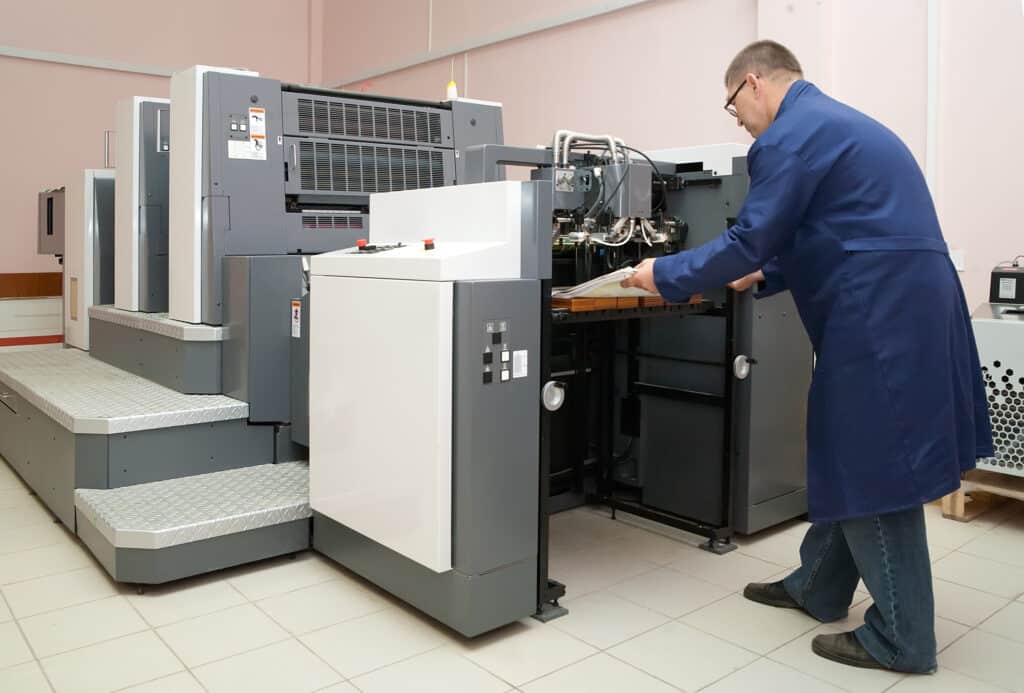
This printing is usually utilised by the food industry on the non-porous substrates required for various types of food packaging; (it is also well suited for printing large areas of solid colour).
The basic principle of each printing technique is the same. To deliver the ink skilfully onto the substrate while ensuring the correct properties according to the process requirements.
The printing market is facing a rapid growth driven primarily by packaging and labels, as online delivery is more and more used.
Crucial ink viscosity
In the pressroom, ink viscosity is critical.
Measuring viscosity is extremely important because knowing the speed and fluidity of the ink helps you know how the ink will perform on the press. But also how fast the press will operate when using a particular ink.
In virtually all printing applications, correct ink viscosity is key to a good ink quality. Ink viscosity characterizes many aspects of how the ink will transfer to its substrate. Its properties can have several effects on absorption, colour strength and drying.
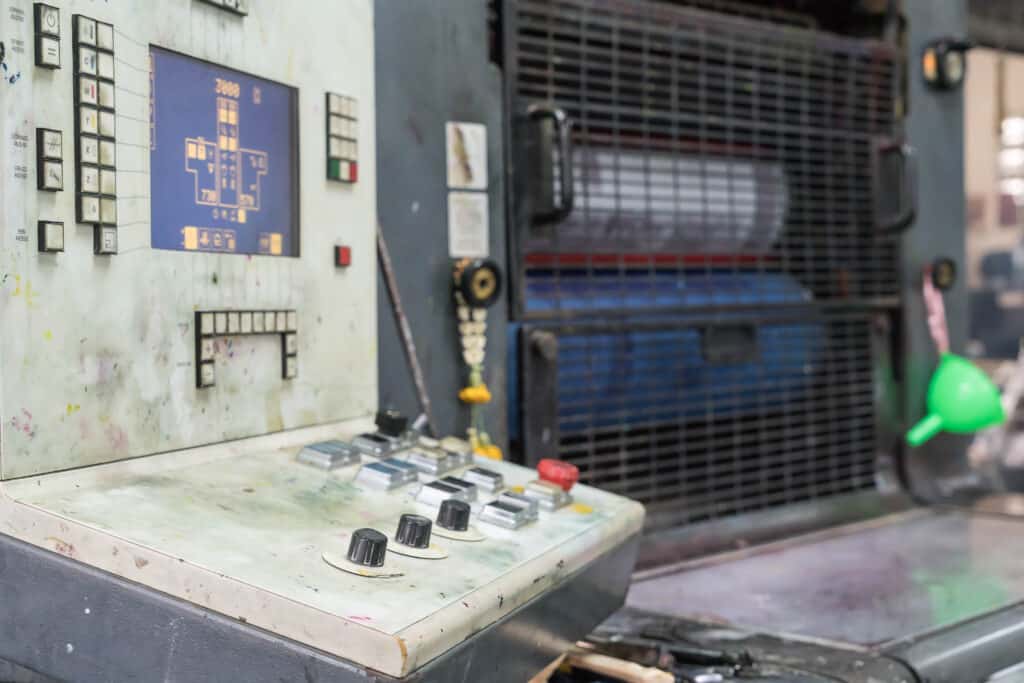
Highly viscous inks create stickiness and make it difficult to transfer the image to the substrate, while low viscosity makes the ink more mobile and harder to control, resulting in loss of sharpness and a dirty print.
The strong link between temperature and viscosity means that temperature variations have a significant impact on ink quality. It is therefore important to measure both simultaneously if they evolve together.
Real-time in-line viscosity control and monitoring in the printing process is essential to improve performance and reduce costs in flexographic printing process.
Sofraser’s expertise on ink viscosity
The installation of a MIVI on tank or a SOFINK on-line viscometer, either on tank, either on the circulation loop, allows you a precise and continuous follow-up of the ink viscosity, to always have the best possible batch.
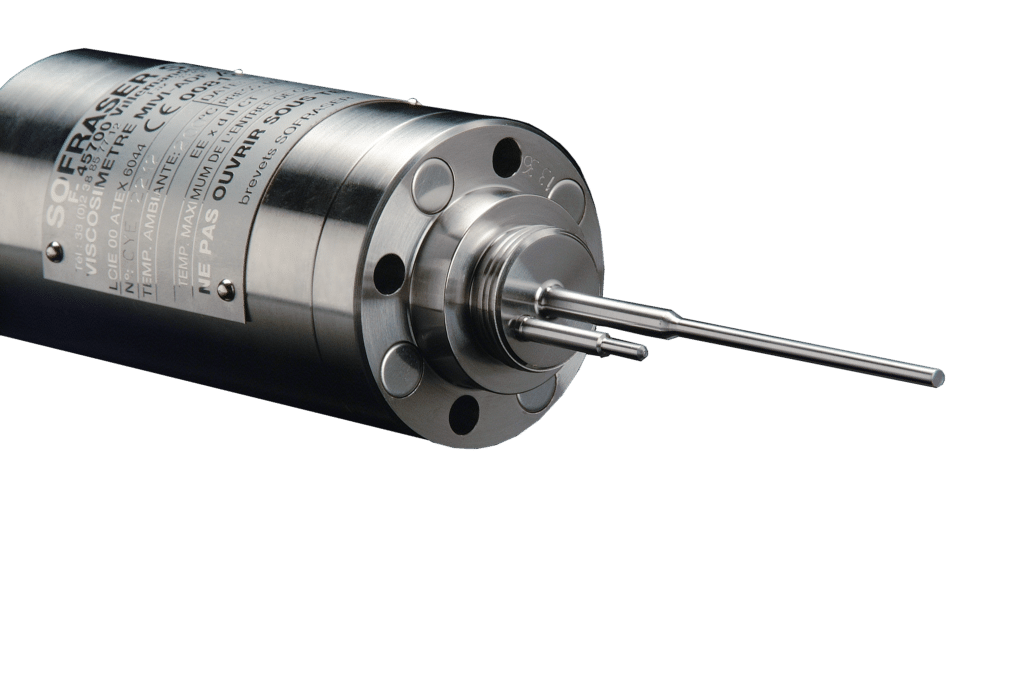
Sofraser’s allows you close monitoring of the ink’s viscosity and temperature in real time and ensures quality in the printing process.
As it is maintenance-free, the sensor doesn’t not to be clean. Its sensitivity in low and high viscosities is also an advantage in this application.
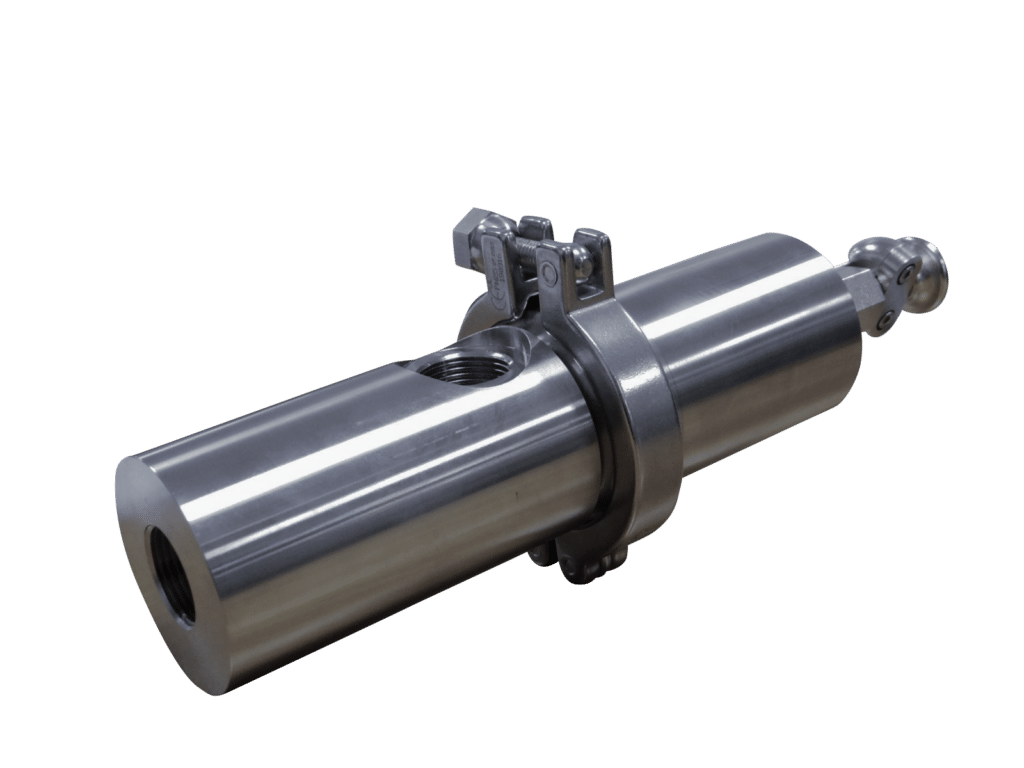
The implementation of a SOFRASER viscometer on your process also allows an overall ink consumption saving of 5%, generating a fast ROI (return on investment).
Using an in-line viscosity sensor to measure and control ink viscosity ensures consistency, consistency and uniformity of ink deposition. All while maximizing printing speed.
Join us :


